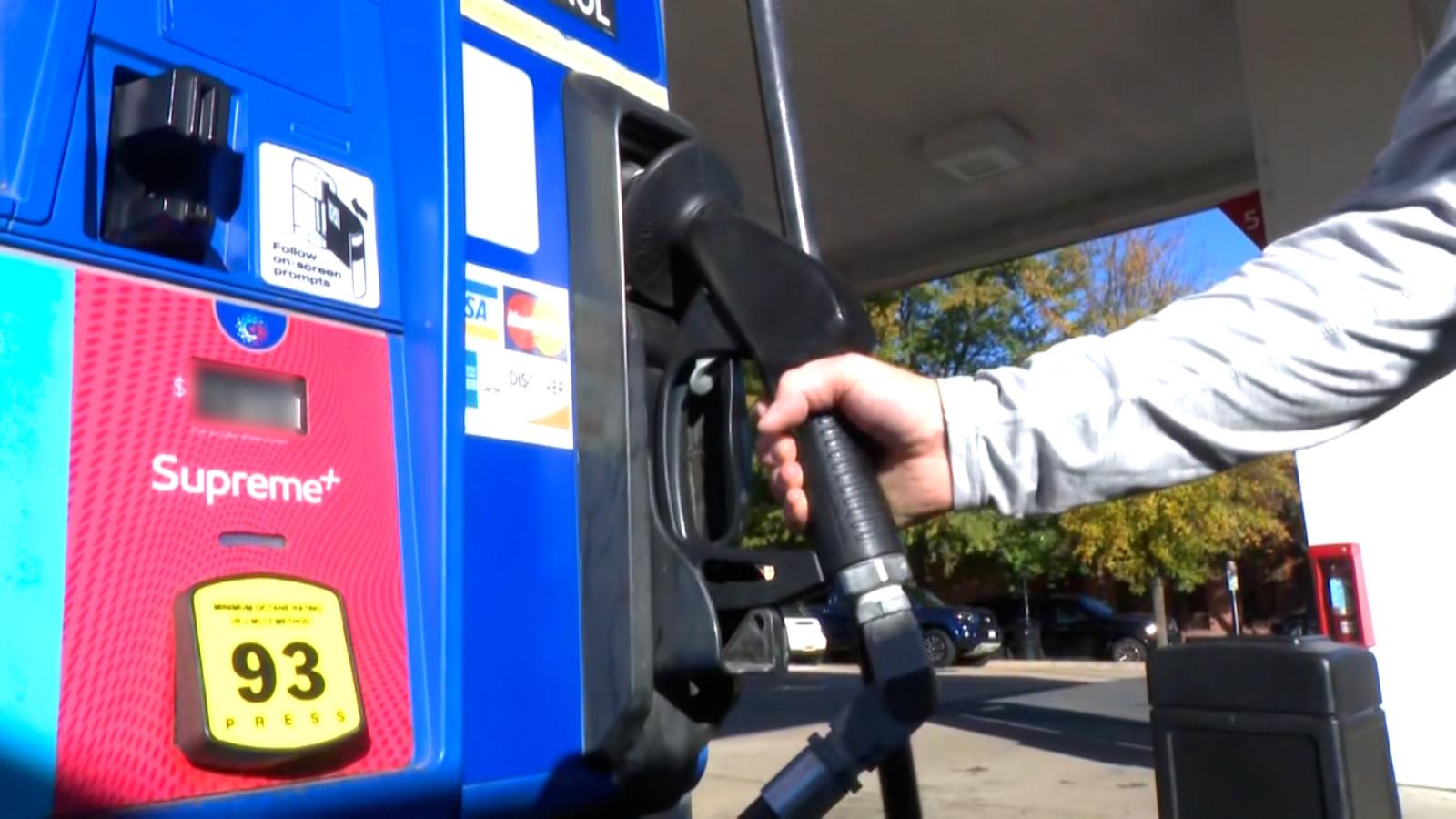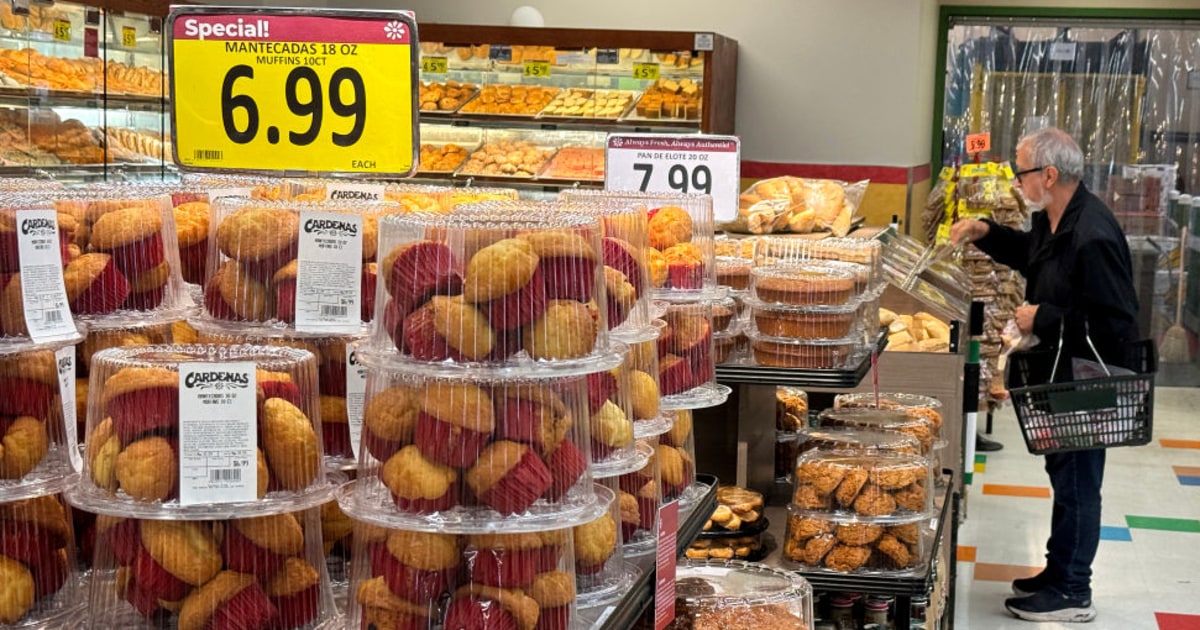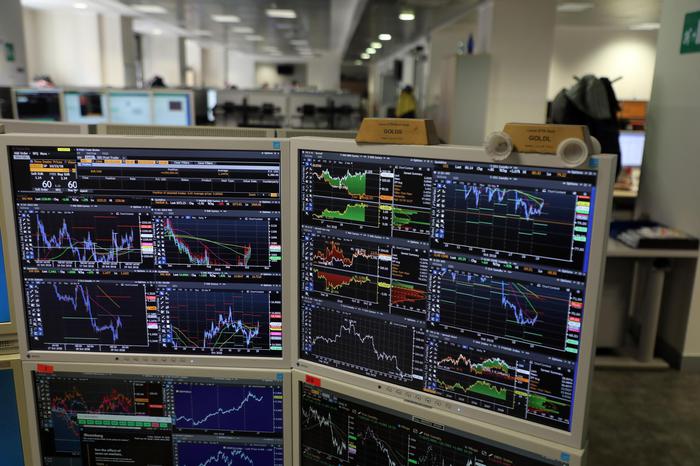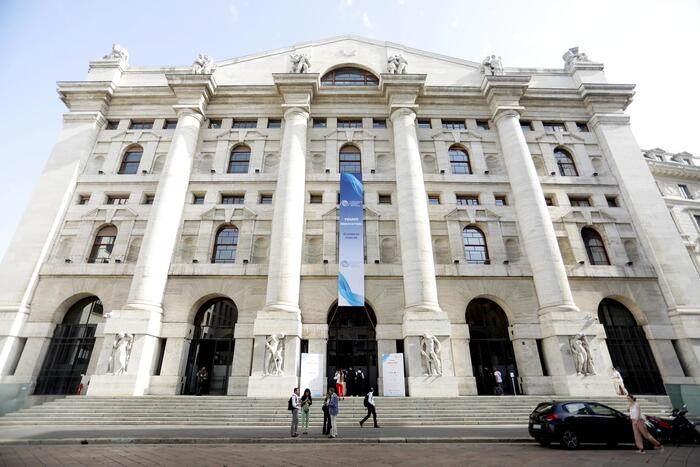Gasoline price shoots up again in the US 1:16
(CNN Business) --
The median price of gasoline in California reached $6 a gallon on Tuesday for the first time, and analysts at JPMorgan are warning that this price could become the national average before the end of the summer.
The surprising forecast comes at a time when US gasoline prices have soared to record highs following the Russian invasion of Ukraine, casting a shadow over the economy.
First on CNN: Record Gas Prices Are Depressing Americans' Spending, According to JPMorgan
"There is a real risk that the price will go above $6 a gallon in August," Natasha Kaneva, head of global oil and commodities research at JPMorgan, said in an email Tuesday.
With US gasoline inventories at their lowest seasonal levels since 2019, JPMorgan is concerned that it will be difficult to meet intense demand during this summer's driving season.
Gas prices continue to rise in the US 1:02
"With expectations of strong driving demand...the US retail price could rise another 37% in August," JPMorgan wrote in its report, appropriately titled "Cruel Summer."
advertising
The national average for regular gasoline rose another two cents on Tuesday to a record $4.52 a gallon, according to the American Automobile Association (AAA).
This means that pump prices have risen 15 cents in the last week and 44 cents in a month.
Really cheap gasoline is getting harder to find.
Georgia, Kansas and Oklahoma, the last three states with median prices below $4 a gallon on Monday, crossed that threshold in Tuesday's reading.
The median price for regular gasoline in California topped $6 a gallon in Tuesday's reading from AAA.
The state median of $6.02 a gallon was up sharply from $4.13 a year ago and $5.84 a week ago.
Many big cities are paying more: The median is $6.07 in Los Angeles County and $6.27 a gallon in San Francisco.
Even in California, 52% of gas stations sell gas for less than $6 a gallon, and nearly one in four stations charges $5.75 a gallon or less.
Stations that charge much higher prices inflate the average.
Why has the number of cars crossing into Tijuana increased?
2:56
High-price stations that charge well above general market prices are not limited to California.
Gasoline sells for more than $5 a gallon in 29 states, according to OPIS, the service that collects gas price data for PRASA.
Six of them — Alaska, Hawaii, Nevada, Oregon, Washington and California — have a state average above that mark.
So drivers across the country could see some gas stations at or near $6, even if the national average never hits that level.
Service station owners are content to sell fewer liters as long as they can get a higher price.
"It is difficult to reach US$ 6"
It is important to note that this is only a forecast.
Others in the industry are skeptical that prices will go that high, for the simple reason that some Americans would balk at $6 gas and drive less.
"It's hard to get to $6," Andy Lipow, president of Lipow Oil Associates, told CNN.
“Before we get there, we would have significant demand destruction, not just here, but around the world.”
Patrick De Haan, head of oil research at GasBuddy, echoed that sentiment, saying: "I personally think we would see a recession before we see a national average of $6."
De Haan said he disagreed with JPMorgan, at least not yet.
However, given the growing imbalance between supply and demand, he conceded: "I don't think anything is impossible in this market."
Mexico's northern border faces gasoline shortages 3:36
JPMorgan acknowledged that one caveat to its forecast is that "demand may continue to fall short of our expectations."
So far this year, gasoline demand has fallen short of JPMorgan's original expectations by an average of about 500,000 barrels a day.
But it's hard to know exactly how consumers would react, as Covid-19-weary families are itching to get out this summer, facing a choice between high gas prices and steep airfares.
Federal government forecasts expect gasoline prices to fall below $4 a gallon during the second half of the year.
The US Energy Information Administration last week projected that the national average will drop to $4.81 a gallon during the third quarter and to $3.59 a gallon during the last quarter of the year.
East Coast inventories are at their lowest point in a decade
The problem is that refineries are having trouble producing all the gasoline that is needed right now.
There is less refining capacity in the US and Canada today than before the pandemic, as some refineries closed permanently, and others are being converted to refine renewable fuels instead of crude oil.
JPMorgan notes that East Coast gasoline inventories are at their lowest level since 2011. The central driver behind the inventory drawdown is higher-than-normal gasoline exports, bank analysts said.
What effects would the release of US oil have?
7:22
As high as prices are in the United States, they are much higher in Europe, which is dealing with a loss of supply from Russia.
This is one of the main factors driving exports from US and Canadian refiners that normally supply gas stations in the east of the country.
"If exports persist at this high rate and refinery operations, already near the upper range of reasonable fill rates, are within our expectations, gasoline inventories could continue to be reduced to sub-minimum levels." 2008 and retail gasoline prices could rise to $6 a gallon or even higher," JPMorgan analysts wrote.
Under these assumptions, total US gasoline inventories could fall below 160 million barrels by the end of August, the lowest level since the 1950s.
This decline in inventories suggests a 37% increase in prices, which would translate to a national average of US$6.20 per gallon, according to the bank.
And at those levels, gasoline prices would top their inflation-adjusted high of $5.38, set in June 2008, according to the EIA.
At that time, the price reached US$4.11, without adjusting for inflation.
JPMorgan said that unless refiners "immediately" cut exports and shift production to gasoline, "US consumers should not expect much relief in pump prices until the end of the year."
One thing that could cap gas prices, or even push them down, would be if the US economy slows down or goes into recession.
Strong job growth is one of the factors driving up gas prices, as more people drive to work and have money to spend on gas.
If the employment trend reverses, that would keep gasoline from rising, but at a terrible cost.
The only factor that could push up gasoline prices is major hurricanes hitting Gulf Coast refineries and oil rigs.
The official government outlook for the upcoming hurricane season will be released next week.
Gasoline







